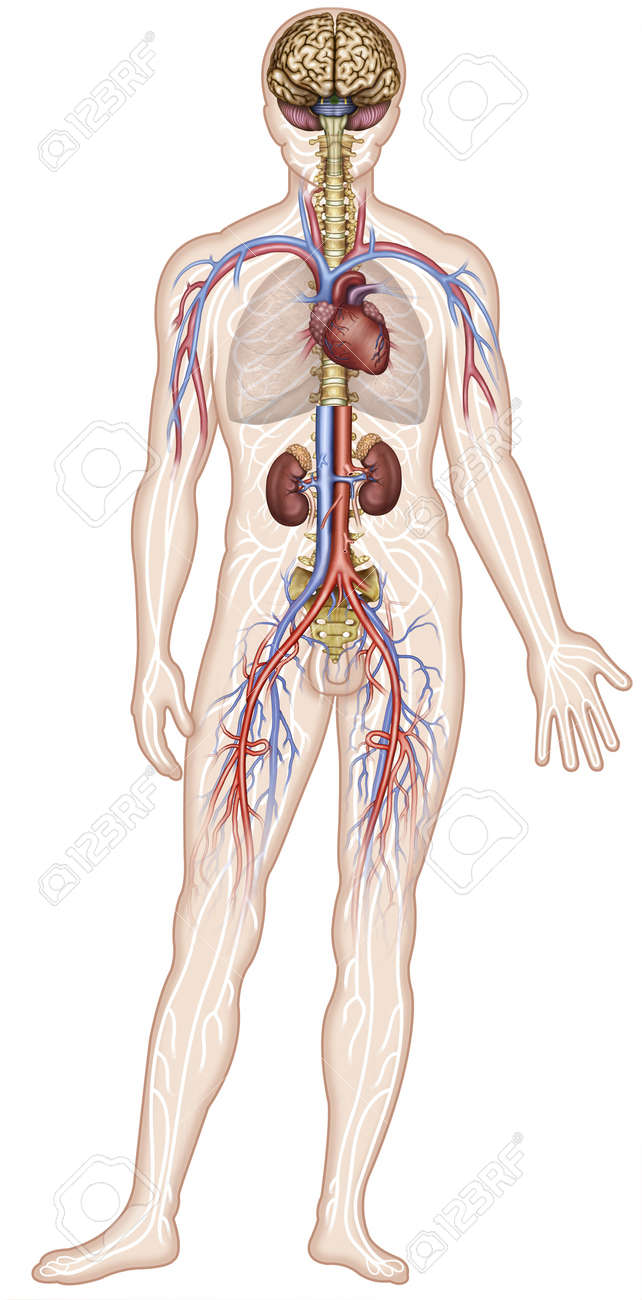Lymphatic drainage massage has become an increasingly recognized therapy for supporting immune function, reducing inflammation, relieving fluid retention, and aiding post-operative recovery.
Yet, one of the most common and important questions clients ask is: How often should you get lymphatic drainage?
The answer is not the same for everyone. Your ideal lymphatic drainage massage frequency depends on your health status, lifestyle, and wellness goals.
Some may need regular treatments to manage chronic conditions, while others may benefit from occasional sessions as a form of preventive care or detox support.
This guide provides a clear and grounded look at how often to receive lymphatic massage, whether you’re recovering from surgery, managing chronic inflammation, or simply trying to maintain your body’s natural rhythm.
Why Frequency Matters in Lymphatic Drainage
The lymphatic system plays a central role in detoxification, immune surveillance, and fluid balance.
However, it relies on muscle contractions, breath, hydration, and manual techniques to circulate lymph fluid.
When that flow slows down, toxins and excess fluid can accumulate, leading to symptoms such as swelling, fatigue, brain fog, and sluggish immune responses.
Lymphatic drainage massage is designed to stimulate lymph flow and clear stagnation. Nevertheless, the key to long-term effectiveness often lies in its frequency.
Knowing how often lymphatic drainage massage should be performed depends on whether your body needs short-term stimulation or consistent maintenance over time.
General Guidelines for Lymphatic Drainage Massage Frequency
The following recommendations on how often to get a lymphatic massage are based on common scenarios. They are not medical prescriptions but general insights drawn from clinical experience with manual lymphatic drainage therapy.
1. General Wellness and Preventive Care
Monthly sessions are enough if you’re in good health and looking to support your lymphatic system for maintenance. These appointments serve as a gentle reset for your body, helping to manage daily exposure to toxins, minor inflammation, and stress.
Recommended frequency: Once every 3–4 weeks. This lymphatic drainage massage frequency helps maintain fluid balance, supports immune health, and encourages relaxation without overstimulating the body.
2. Chronic Inflammation, Swelling, or Fatigue
For individuals managing chronic issues, such as autoimmune conditions, fibromyalgia, or mild lymphedema, a more frequent schedule is necessary, especially at the beginning.
Recommended frequency: 1–2 times per week for 4–6 weeks, then reevaluate.
In these cases, consistent stimulation supports lymph movement and symptom relief. As your system improves, the frequency gradually reduces to biweekly or monthly for maintenance.
3. Post-Surgery or Post-Injury Recovery
Lymphatic drainage massage is used after surgeries, such as liposuction, tummy tucks, orthopedic procedures, or lymph node removal. The goal is to reduce swelling, minimize scar tissue, and accelerate tissue healing.
Recommended frequency: 2–3 sessions per week for the first 2–4 weeks post-op, then taper as needed
Lymphatic drainage massage frequency should always be discussed with your surgeon or therapist, especially when surgery has impacted lymph node function or drainage pathways.
4. Detox or Cleanse Support

If you’re engaging in a detox protocol or short-term cleanse, lymphatic massage can support the elimination process by promoting lymphatic flow and reducing symptoms such as fatigue or bloating.
Recommended frequency: 1–2 sessions during the detox window
Spacing sessions a few days apart allows the body time to respond and process waste between treatments.
5. High-Stress Periods and Nervous System Regulation
Because lymphatic massage also has a calming effect on the parasympathetic nervous system, some people use it to support recovery from burnout, adrenal fatigue, or chronic stress.
Recommended frequency: Weekly for 3–5 weeks, then taper to monthly as needed
This rhythm allows the nervous and lymphatic systems to stabilize before moving into a long-term maintenance schedule.
You May Need Lymphatic Drainage More Frequently
There is no universal answer to how often to get lymphatic massage, because each individual’s lymphatic system responds differently. Some signs that you may benefit from frequent sessions include:
- Persistent swelling or fluid retention
- Brain fog or lack of mental clarity
- Recurrent illness or poor immune response
- Post-operative inflammation or slow wound healing
- Chronic fatigue or heaviness in the limbs
If you notice that symptoms return quickly after a session, your body may need a more consistent treatment schedule. Conversely, if you feel improvement that lasts, you can begin spacing out treatments and maintaining results with at-home care.
Supporting Your Lymphatic System Between Sessions
No matter your lymphatic drainage massage frequency, daily habits help maintain a healthy flow. Some ways to support your lymphatic system at home include:
- Hydration: Lymph fluid relies on adequate water intake to stay mobile.
- Movement: Light daily exercise, like walking, stretching, or yoga, helps activate lymph flow.
- Breathwork: Deep, diaphragmatic breathing stimulates deep lymphatic vessels.
- Dry Brushing: This light skin-stimulation technique encourages superficial drainage.
- Epsom Salt Baths: These may support detox and relaxation between sessions.
Lifestyle support ensures that the benefits of professional therapy last longer and your overall lymphatic rhythm remains balanced.
Conclusion
So, how often should you get a lymphatic massage? The answer is not fixed. How often lymphatic drainage massage is necessary evolves with your body. It may be weekly during times of stress or recovery, monthly when you’re maintaining balance, or just occasionally when you need extra support. What matters most is being intentional. Work with a qualified therapist when possible, track how your body responds, and don’t ignore subtle signs of lymphatic stagnation. With thoughtful attention, you’ll find the right rhythm, one that supports long-term health and helps you feel lighter, clearer, and more resilient.


